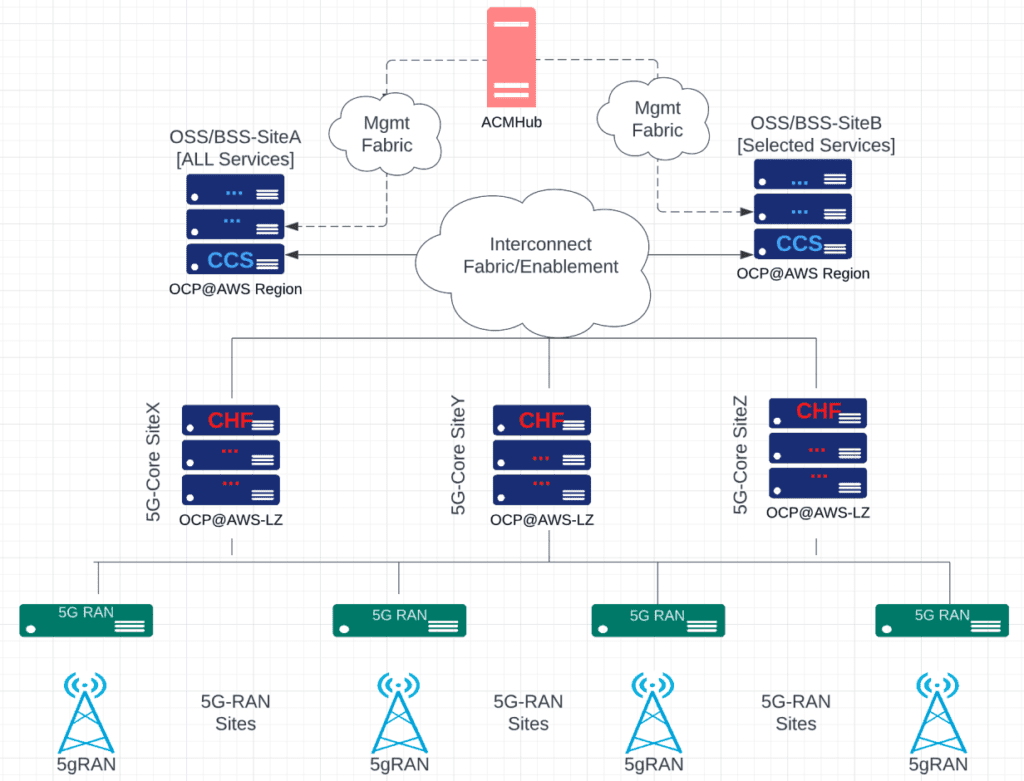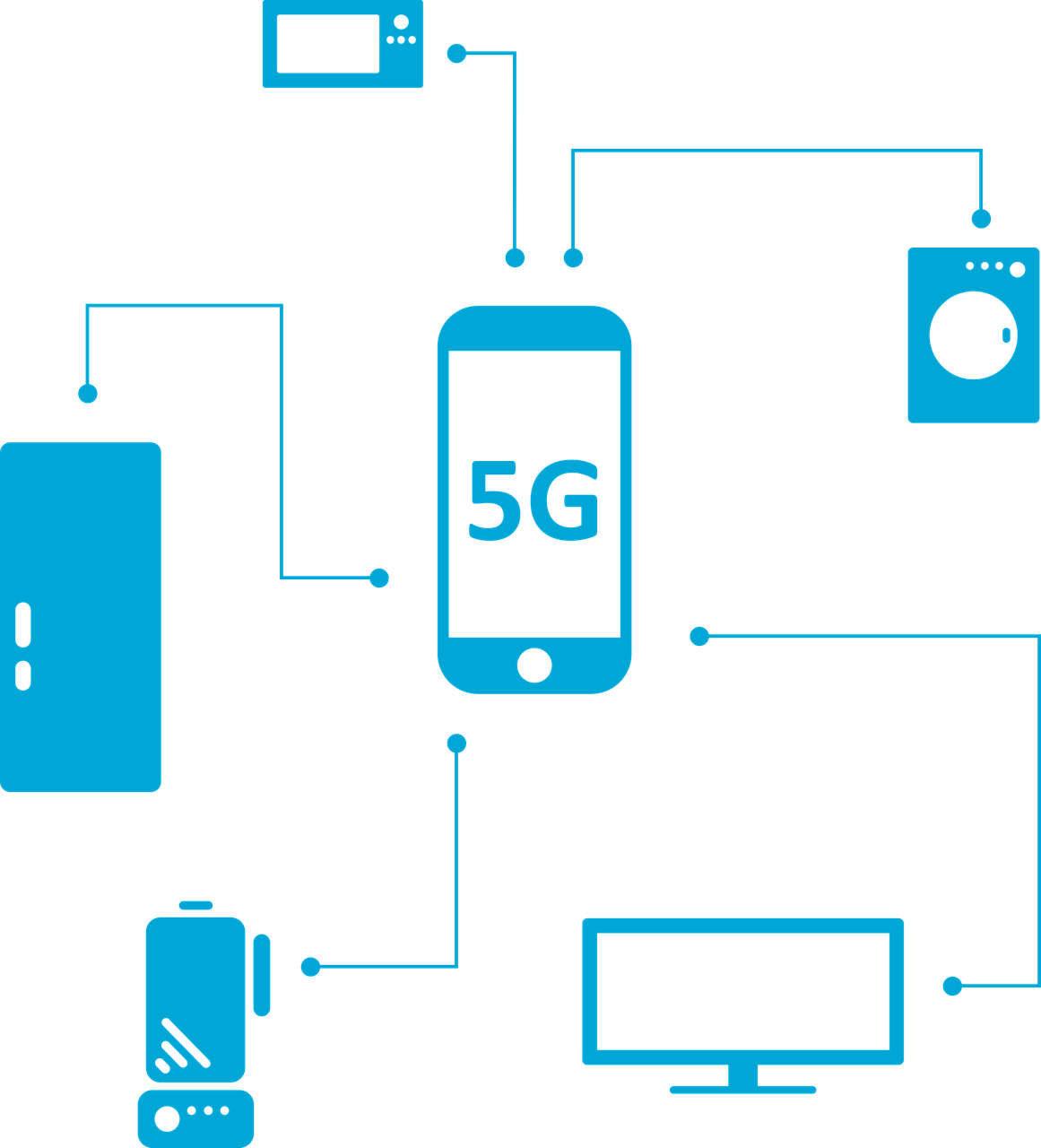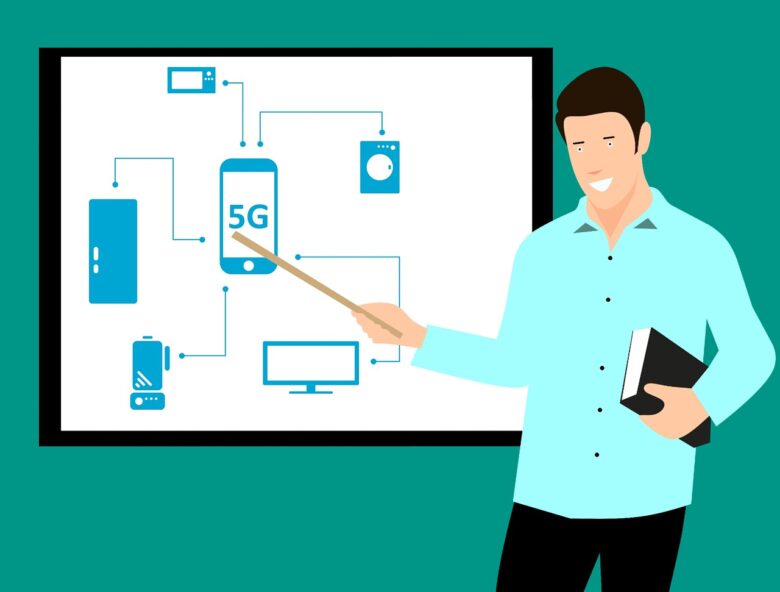5G Business Support Systems (BSS) stand as vital components in the advent of 5G technology, playing a key role in managing subscription profiles, customer relationships, and revenue management. As mobile service providers prepare to roll out 5G networks globally, BSS technology is being revisited to adapt to this high-speed transformation.
Role of 5G BSS Technology
Determining the role of 5G BSS Technology requires understanding what BSS is. Traditional business support systems are software applications that assist with billing operations, customer relationship management, and order management. They work behind the scenes to handle administrative tasks, allowing telecom companies to focus on delivering excellent service.
With the advent of 5G network services offering extreme speed and vast connectivity options, however, traditional BSS models cannot contend with these innovative demands. This has led to the emergence of 5G-optimised business support systems enabling services such as seamless IoT connectivity and real-time data transmission.
How 5G BSS Technology augments network functionality
Here’s how 5G BSS Technology augments network functionality. Compared to its predecessors (4G/LTE), 5G technology ensures faster communication speeds complimented by lower latency rates – this means quicker information exchange with minimal delay. For businesses it could mean faster transactions or immediate response times, ambitions only possible if backend systems can manage such speed – cue upgraded BSS models attuned for 5G capabilities.
Moreover, some providers have invested in fluid ‘cloud-native’ models that allow for scalability depending upon demand fluctuations and ensure continuous integration and continuous deployment (CI/CD). Thus, transformative effects of utilizing modernized BSS include greater flexibility in pricing plans or introducing new user services swiftly without hindering network efficiency.
5G BSS Architecture
The 5G BSS (Base Station Subsystem) architecture is a sophisticated framework that plays a critical role in the operation of 5G networks. It encompasses various components and functionalities that work together seamlessly to ensure the efficient and reliable delivery of services to end-users.


5G BSS Architecture
Image Source- Redhat Blog
The BSS architecture consists of several key elements, including the base station, which acts as the interface between the mobile devices and the core network. Additionally, it incorporates the Radio Network Controller (RNC), which is responsible for managing and controlling the radio resources, and the Operations Support System (OSS), which provides vital support for network management and maintenance tasks.
BSS architecture includes the Home Location Register (HLR), which stores subscriber information, and the Visitor Location Register (VLR), which keeps track of roaming subscribers. Overall, the 5G BSS architecture represents a comprehensive and intricate system that empowers 5G networks to deliver high-performance services to a vast range of users.
BSS for 5G transformation


As we delve deeper into the realm of BSS for 5G transformation, a balanced hybrid approach seems most practical – leveraging legacy systems while integrating new features unique to advanced network capabilities like machine learning algorithms or big data analytics tools. It would simplify processes ranging from subscriber identification/authentication procedures to managing broad network relationships and delivering prompt customer service.
Towards this transformational shift, operators are restructuring operational and business procedures in concert with system upgrades, whether through a holistic end-to-end BSS overhaul or staged functional enhancements aligning with evolving market demands. The intent is clear – to create an agile and responsive 5G network service capable of realizing the full potential of the digital world.
To tackle this, ‘Automation’ lies at the heart of the converging technologies. AI-driven automation allows for smarter decision-making based on data trends and user behaviour analysis enhancing productivity and driving cost-efficiencies.
Summary
In summary, transitioning towards optimized 5G BSS technology is not a mere trend but a necessity to accommodate the new wave of digital acceleration. Unleashing potential benefits of faster speeds, enhanced connectivity, and superior user experience relies heavily on back-end functions offered within business support systems evolved for next-generation networks.
Anchor your company’s shift into burgeoning possibilities afforded by 5G technology by investing in an integrated 5G BSS strategy that proffers control across all aspects of telecom operations – making it future-ready today!






























